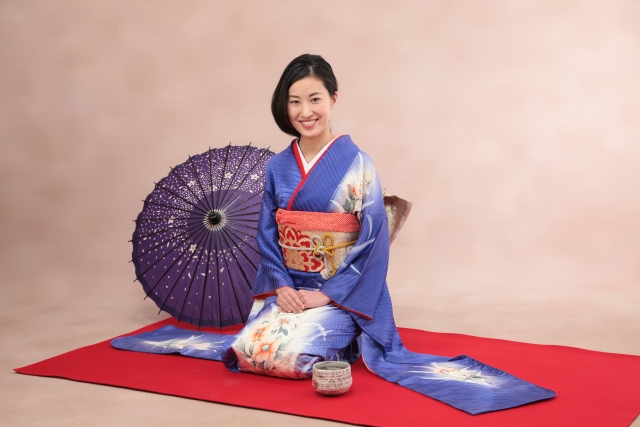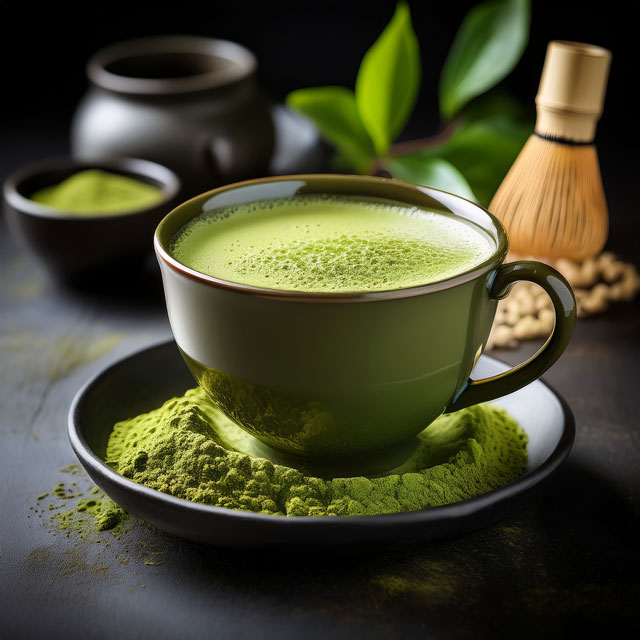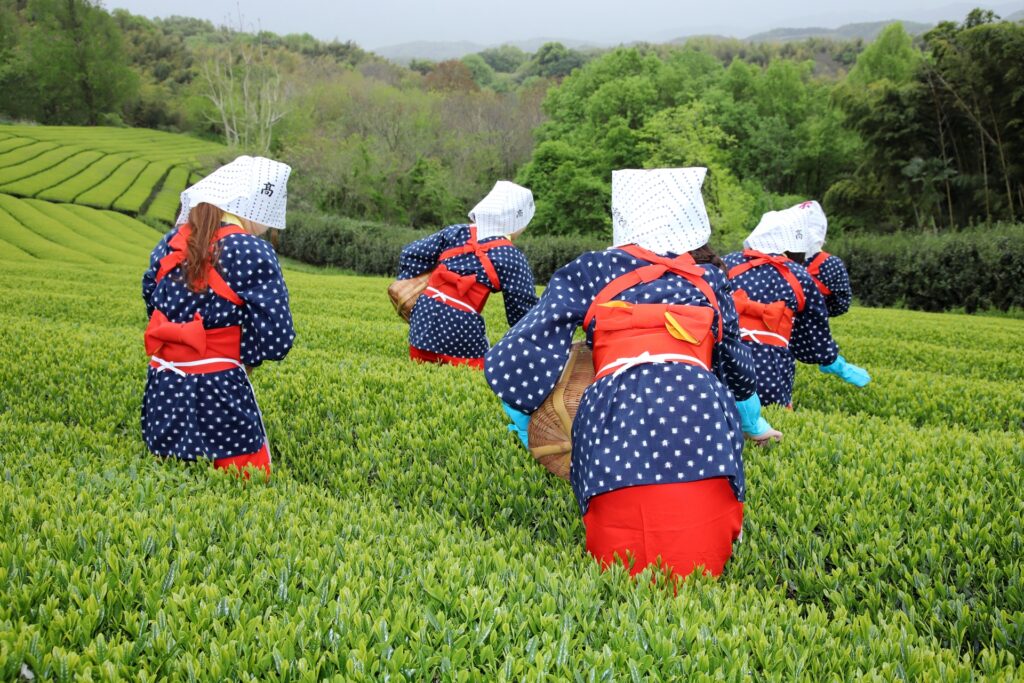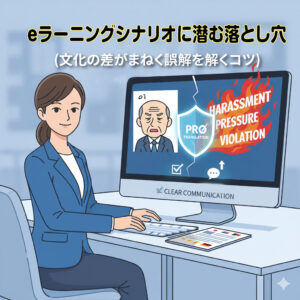Matcha often calls to mind a vibrant green tea served with Japanese sweets.
Yet its cup holds over a thousand years of history and culture.
In recent decades, “MATCHA” has become a global phenomenon, driving café menus and wellness trends worldwide.
This article uncovers matcha’s origins, unique stories, must‑visit tea houses, and its soaring international popularity.

1. Origins in China and Japan’s Own Tea Culture
Matcha’s roots trace back to China’s Tang Dynasty (618–907).
Back then, tea leaves were stone‑ground into a fine powder and whisked into hot water.
Japanese envoys and Zen monks brought this method to Japan.
In 1191, the monk Eisai linked matcha with Zen practice and published Kissa Yojoki, calling matcha “a source of health.”
By the Muromachi period (1336–1573) in Japan, the samurai class embraced the tea ceremony (“chanoyu”).
With Sen no Rikyū’s influence (1522–1591), the concepts of wabi (“rustic simplicity”) and sabi (“elegant imperfection”) shaped a uniquely Japanese tea ritual.
From that point on, matcha became both a refined drink and a path to spiritual cultivation.
2. Fascinating Anecdotes from History
Many legendary figures loved matcha.
Oda Nobunaga (1534–1582) and Toyotomi Hideyoshi (1536–1598) were avid tea ceremony hosts.
Hideyoshi famously gathered over a thousand guests for a grand tea event in Kyoto’s Kitano district. Such affairs doubled as political and diplomatic gatherings.
Today, temples in Kyoto still offer “matcha and zazen” experiences, blending meditation with tea for tourists seeking authentic Zen culture.

3. Three Must‑Visit Matcha Destinations
- Nakamura Tokichi Honten (Uji, Kyoto)
Established in 1854 in Uji’s tea heartland. Savor classic matcha or modern treats like matcha parfaits and lattes.- Website: https://www.tokichi.jp
- Address: 1-10 Uji, Uji City, Kyoto, Japan
- Ippodo Tea Kyoto (Teramachi, Kyoto)
Founded in 1717, Ippodo not only offers high‑quality Japanese tea but also operates an experiential tea room—where you can learn to brew your favorite tea paired with seasonal wagashi—as well as tea‑making classes.- Website: https://www,ippodo-tea.co.jp
- Address: 52 Tokiwagi-cho, Teramachi-Dori Nijo Kamigaru, Nakagyo-ku, Kyoto City, Kyoto
- Ginza Chazen (Ginza, Tokyo)
A tourist‑friendly spot offering full tea ceremonies in English. Enjoy matcha hands‑on—even without bringing gear.- Website: https://teaceremony-tokyo.jp
- Address: 52 Tokiwagi-cho, Teramachi-Dori Nijo Kamigaru, Nakagyo-ku, Kyoto City, Kyoto
4. The Global “MATCHA” Boom
Since the 2000s, matcha has exploded in the U.S. and Europe.
One seasoned chef explained, “The secret to great yakitori is respecting the ingredient and mastering the heat.”
Health benefits drive demand.
Rich in catechins and theanine, matcha appeals to vegans and wellness seekers.
Cities like Los Angeles, New York, London, and Paris now feature “Matcha Lattes” on every café menu.
Matcha also stars in smoothie bowls, ice creams, donuts, chocolates, macaroons, and even tiramisu.
Its vibrant color and clean energy make it a favorite among influencers and chefs alike.
5. Matcha as a Symbol of Culture and Wellness
Matcha stands at the intersection of tradition and modern trends.
The simple act of whisking tea embodies beauty, respect, and mindfulness.
As “MATCHA” continues its global rise, it reminds us that Japan’s samurai and Zen monks pioneered the world’s first mindfulness beverage.
Today, Japanese matcha masters protect this legacy and share it with new generations at home and abroad.

Next time you sip matcha, pause to appreciate its rich background, the craftsmen behind it, and the centuries of culture it represents.
Whether you visit a historic tea house in Kyoto or order a latte in London, let each cup connect you to matcha’s hidden charm.
















